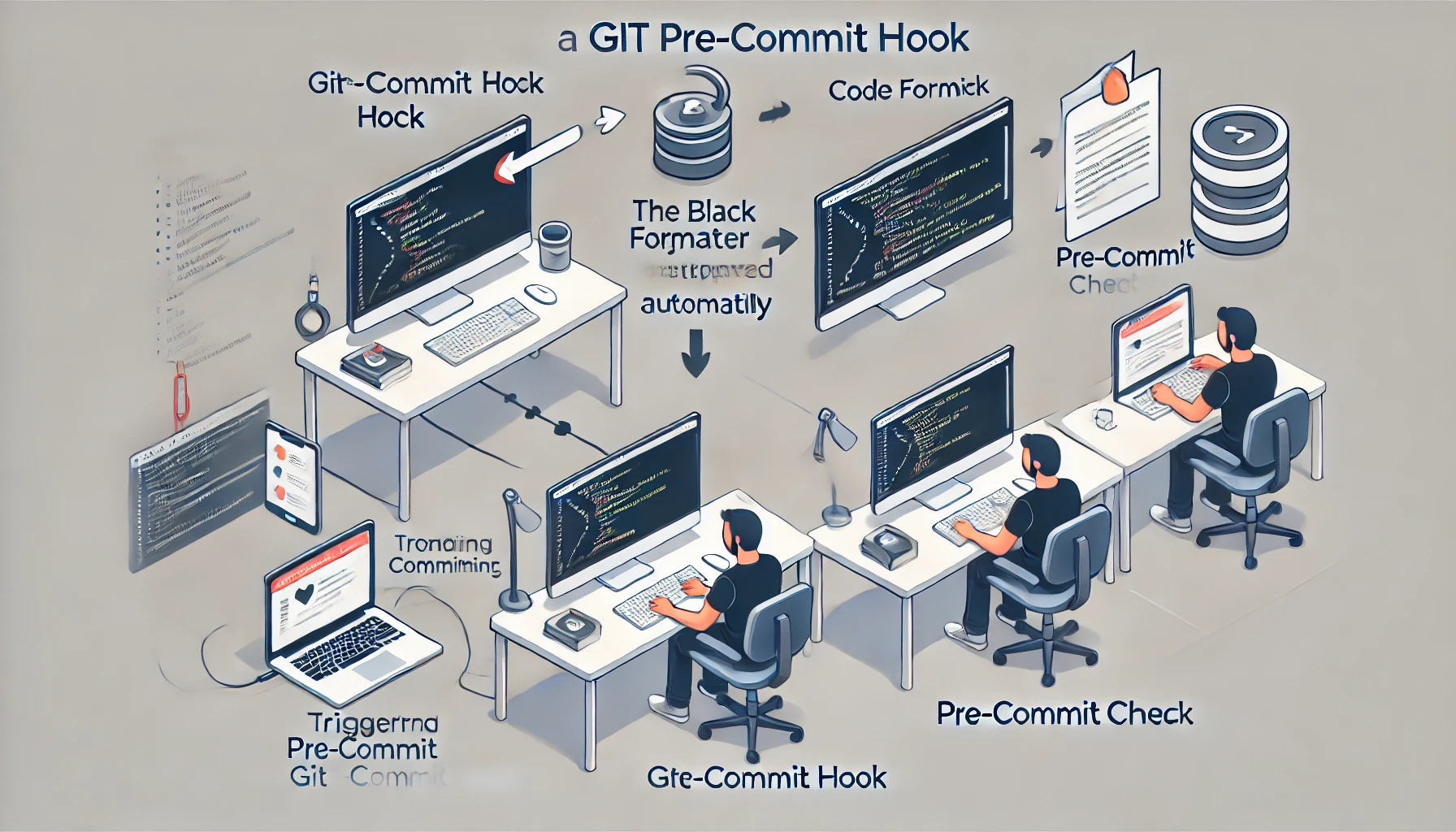Introduction to GitHub Actions for Beginners
What is GitHub Actions?
GitHub Actions is a CI/CD (Continuous Integration/Continuous Deployment) automation tool built into GitHub. It enables developers to automate workflows, build, test, and deploy code directly from their repositories.
Why Use GitHub Actions?
Automation: Reduces manual intervention by automating tasks.
Integration: Works seamlessly with GitHub repositories.
Customization: Create workflows tailored to your project needs.
Community Support: Access a vast marketplace of pre-built actions
Scalability: Supports complex workflows with multiple jobs and dependencies.
Security: Provides built-in secrets management to store credentials securely.
Key Components of GitHub Actions
1. Workflows
A workflow is a configurable automated process that will run one or more jobs. Workflows are defined in YAML files inside the .github/workflows/ directory of a repository.
2. Events
Events are specific activities that trigger a workflow. Some common events include:
push: Triggered when code is pushed to the repository.pull_request: Runs when a pull request is opened or updated.schedule: Runs the workflow on a specified schedule using cron syntax.workflow_dispatch: Allows manual triggering of workflows.
3. Jobs
A job is a set of steps that execute on the same runner. Workflows can have multiple jobs that run sequentially or in parallel.
4. Steps
Each step is an individual task within a job. Steps can use predefined actions or execute custom shell commands.
5. Runners
A runner is a server that executes the jobs in a workflow. GitHub provides hosted runners (Linux, Windows, macOS), or you can set up self-hosted runners for custom environments.
Getting Started with GitHub Actions
1. Creating Your First GitHub Action Workflow
A GitHub Actions workflow is a YAML file that defines the steps and events that trigger automation.
Step 1: Navigate to the GitHub Repository
- Open your GitHub repository.
- Go to the Actions tab.
- Click New Workflow or create one manually under
.github/workflows/.
Step 2: Create a Workflow YAML File
Create a file in .github/workflows/ directory, e.g., ci.yml.
name: CI Pipeline
on:
push:
branches:
- main
pull_request:
branches:
- main
schedule:
- cron: '0 0 * * 1' # Runs every Monday at midnight UTC
jobs:
build:
runs-on: ubuntu-latest
steps:
- name: Checkout Code
uses: actions/checkout@v3
- name: Set up Node.js
uses: actions/setup-node@v3
with:
node-version: 16
- name: Install Dependencies
run: npm install
- name: Run Tests
run: npm test
deploy:
needs: build
runs-on: ubuntu-latest
steps:
- name: Deploy Application
run: echo "Deploying application..."
2. Understanding the Workflow File
name: The workflow’s name.on: Defines events that trigger the workflow (e.g.,push,pull_request,schedule).jobs: Contains one or more jobs to execute.runs-on: Specifies the runner environment.needs: Defines job dependencies (e.g.,deployruns only afterbuild).steps: Lists the sequence of commands to execute.uses: Calls predefined GitHub Actions.run: Executes custom shell commands.
3. Running the Workflow
Once you commit and push the workflow file, GitHub Actions will trigger the workflow automatically based on the defined events.
4. Viewing Workflow Results
- Navigate to the Actions tab in your GitHub repository.
- Select the workflow run to view logs and debug issues.
Advanced GitHub Actions Features
- Environment Variables: Define secrets and environment-specific variables.
- Matrix Builds: Run jobs on multiple OS versions and configurations.
- Caching: Store dependencies to speed up workflow execution using
actions/cache. - Artifacts: Save files from a workflow run for later use.
- Reusable Workflows: Reference other workflows to avoid duplication.
- Self-Hosted Runners: Run workflows on custom machines.
Best Practices for GitHub Actions
- Use
.gitignoreto avoid committing sensitive files. - Store secrets securely using GitHub Secrets.
- Optimize workflows by caching dependencies.
- Keep workflow files organized and documented.
- Test workflows in a separate branch before merging into
main.
Conclusion
GitHub Actions is a powerful tool for automating development workflows. Whether you need to run tests, deploy applications, or automate routine tasks, GitHub Actions makes it simple and efficient. Start experimenting with workflows and enhance your CI/CD pipeline








